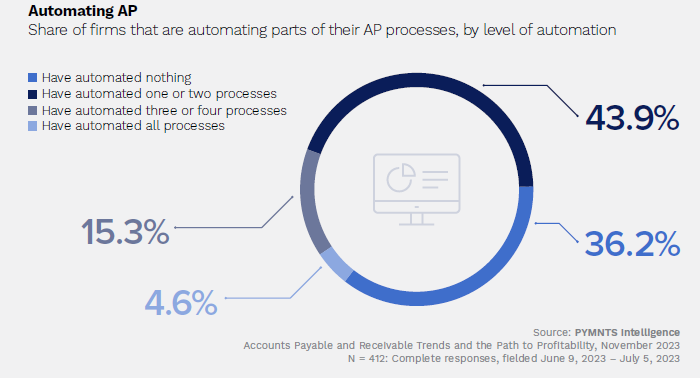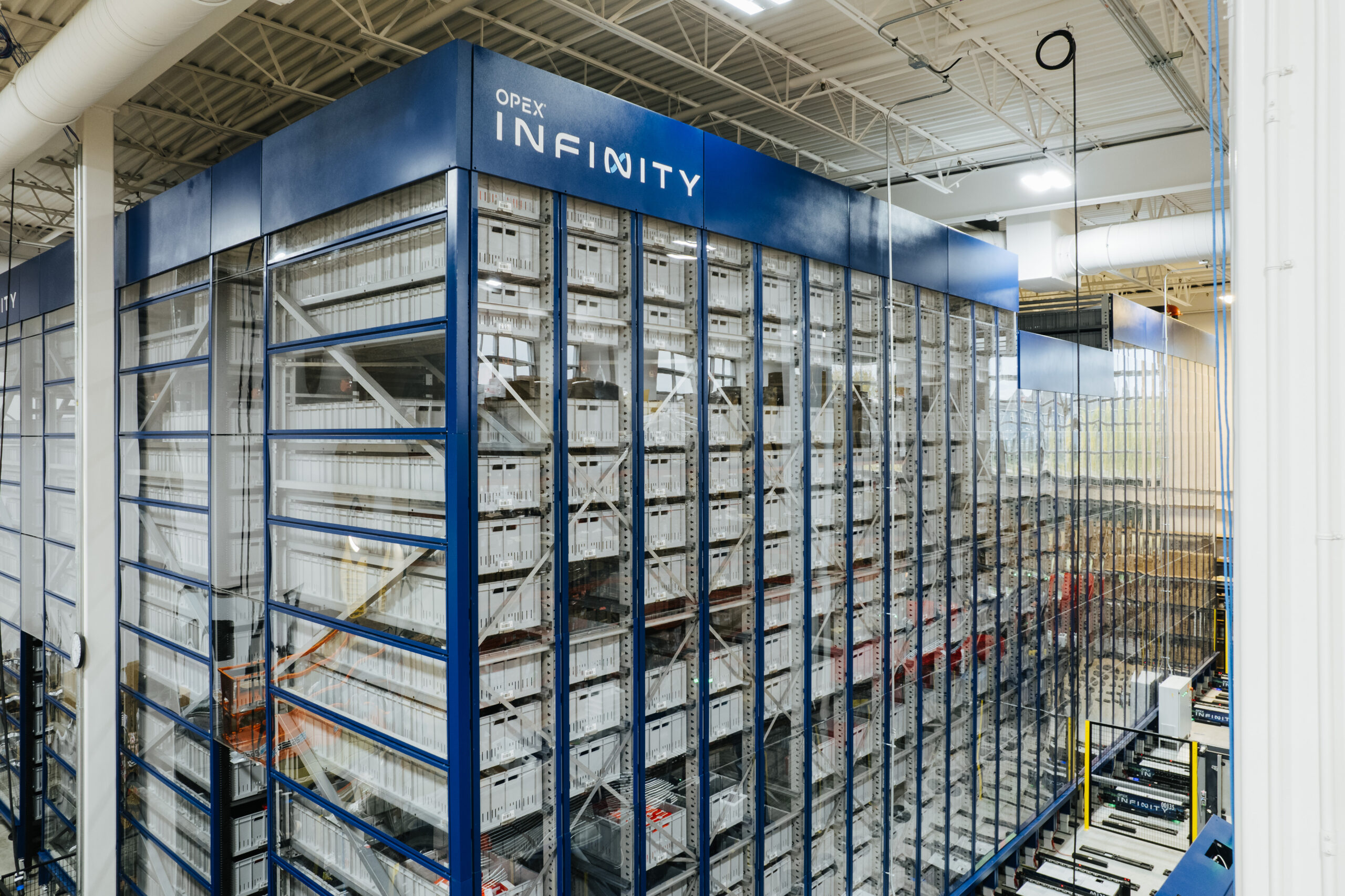Recent advancements in Artificial Intelligence and automation have sparked excitement in the advertising industry but AI is far from new. AI has been used in Smart Bidding by Google since 2016 and META in auctions since 2018.
GroupM Nexus’ Xaxis launched Copilot in 2020, an AI technology for real-time investment optimisation. As a Performance Agency, we discuss the impact on our role as marketers. Here’s a snippet of a conversation between Hicham Auajjar, Chief Products & Services Officer, GroupM MENA & Managing Director Keyade, and Laura Gleadhill, Head of Performance
Laura: Hey Hicham! We’ve been using AI-based campaigns, such as Performance max and Advantage plus for some time now, what are your thoughts on these formats?
Hicham: Both Adv+ and Pmax are great campaign types, the initial results for our clients are good. However, these campaigns created an important shift in what we do: it significantly reduces the time and effort needed to create campaigns and more importantly has shifted the mindset and how practitioners approach performance marketing.
Practitioners are now obliged to think outcome first and need a better understanding of their clients’ businesses and overall strategy. Historically performance marketers were wrongly considered as behind-the-scenes,tech-wizards, but with this change they’re now at the forefront of marketing and business conversations. What do you think
Laura: I agree, the changes have made performance marketers closer to business objectives and require them to act as consultants. Having said that, it did not diminish the need for superior technical and analytical expertise
Hicham: Exactly. What’s needed to succeed in this new era of digital advertising in your opinion?
Laura: Well, what you feed the algorithm is a defining element to its success so the better the data and insights used to fuel the campaign, the better it performs. The first thing that comes to mind, and one of the most important inputs is first party data, clients need a comprehensive data infrastructure and data collection strategy to fuel campaigns
Hicham: Yes agreed! 1PD is fundamental to succeeding with these new campaign types. Additionally, measurement, and specifically privacy-first measurement (enhanced conversions, conversion APIs etc.), are vital to success. Future-proof measurement means better targeting, better optimisation, and increased ad relevancy which in turn drives improved performance.
Laura: Yes, and advanced measurement allows us to optimise & bid for advanced outcomes more in line with businesses objectives. For example, we can now optimise to lifetime value and new customer acquisition, or feed in profit data and complex business KPIs.
This elevates the marketing conversations to a financial level, as we can now speak a language that the finance community understands and sees the value of investing in. It is easier to talk to a CFO about lifetime value than click-through-rate.
Hicham: Funny Laura! In my opinion, it also helps to elevate budget conversations too. With many clients, we now aren’t constrained by budget provided we meet specific business KPI’s. For these clients, we don’t risk missing opportunities as AI allows us to be confident that when we alter our investment, we will achieve the set objectives
Laura: In order for AI based campaigns to work, we also need to make sure the creative we’re reaching consumers with is engaging and relevant. It’s so important to ensure that we have the maximum number of assets and formats possible, the ideal scenario sees creative and performance teams working closely together, which will continue to break the siloes of performance marketing.
Hicham: Yes, and AI should help our clients create more assets, better variations and more video formats. However, it’s important for performance agencies to give guidance on what creatives are driving results, for example, generic vs product-based.
For the most advanced approach, we should be using audience insights to further personalise creative. How are we currently using the insights available to us through AI campaigns
Laura: Great question! One way we currently use insights from AI campaigns is to expand on our audience targeting. When we use AI-based campaign types, we can then analyze the campaigns for segments with the highest propensity to convert. For example, for one of our travel clients we recently discovered a high index for cooking enthusiasts and used that for our prospecting campaigns showing local food of the destination.
Hicham: Fascinating stuff! You can use insights like that as a starting point for AI-based campaigns, as well as data to better understand your audiences and how to target them. We’ve also been testing predictive audiences a lot across our clients, how have they been doing
Laura: Predictive audiences perform well, they give us real time predictive analysis which when combined with value-based bidding is powerful. Speaking of testing, it’s been a great way to showcase the value of AI-based campaigns to our clients who may be hesitant. With recent updates to the Pmax A/B testing capabilities, we’re able to test, learn and reiterate to understand more this new campaign
Hicham: I couldn’t agree more. To continue delivering value, we must simplify the latest technologies for our clients and make their adoption seamless within the changing ecosystem. Testing is crucial for us to learn more and understand how to make the AI-based campaigns work for us. Human judgment will always remain crucial behind AI, and our expertise allows us to be that judgement
In conclusion, the rapid advancements in AI and automation have significantly impacted the advertising industry, transforming the role of performance marketers. By leveraging AI for bidding, audience strategies, and creative generation, marketers can drive stronger results and provide valuable business insights.
However, striking the right balance between AI adoption and retaining control remains a challenge for agencies of the future. With ongoing learning and collaboration, performance agencies can continue to thrive and deliver value in this evolving landscape










